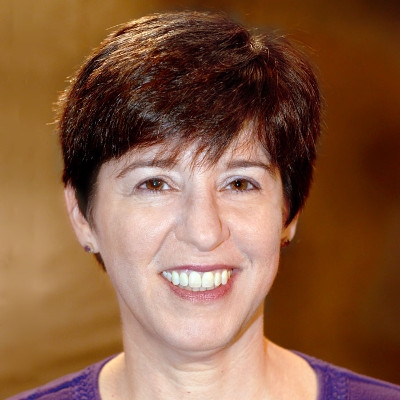Spend Time Outside and Stay Sun-safe

It’s natural to want to get out in the sun as the weather warms up. And it's safe too, as long as you stick to social distancing guidelines and protect your skin.
Ultraviolet (UV) rays – from the sun and other sources like tanning beds – are the #1 cause of skin cancer. Too much exposure can also cause sunburn, eye damage, and premature wrinkles. Staying in the shade, shielding your skin with clothing, and using a broad-spectrum sunscreen with a sun protection factor (SPF) of at least 30 can help lower your risk.
Take these steps to stay sun-safe:
- Seek shade: Limit your direct exposure to the sun, especially between 10 a.m. and 4 p.m., when UV rays are strongest.
- Cover up: When you are out, wear clothing and a wide-brimmed hat to protect as much skin as possible. Protect your eyes with wrap-around sunglasses that block at least 99% of UV light.
- Use a broad-spectrum sunscreen with an SPF of at least 30: Reapply at least every 2 hours, as well as after swimming or sweating.
- Avoid tanning beds and sunlamps: Both can cause serious long-term skin damage and contribute to skin cancer.
Choosing the right sunscreen
While you should use sunscreen every day, it’s even more important during the summer, when the days are longer, the sun is stronger, and it’s easier to spend more time outdoors. When choosing sunscreen, read the label before you buy. Remember that no sunscreen protects you completely.
US Food and Drug Administration regulations require the labels on sunscreens to follow certain guidelines:
- Choose a sunscreen with “broad-spectrum” protection. These sunscreens protect against both UVA and UVB rays. All sunscreen products protect against UVB rays, the main cause of sunburn. But UVA rays also contribute to skin cancer and premature aging. Only products that pass a test can be labeled “broad spectrum.” Products that aren’t broad spectrum must carry a warning that they only protect against sunburn, not skin cancer or skin aging.
- Choose a sunscreen with a sun protection factor (SPF) of at least 30. The SPF number is the level of protection the sunscreen provides against UVB rays. Higher SPF numbers do mean more protection, but the higher you go, the smaller the difference becomes. For example, SPF 15 sunscreens filter out about 93% of UVB rays, while SPF 30 filters out about 97%. SPF 50 blocks about 98%, and SPF 100 about 99%. No sunscreen protects you completely. The FDA requires any sunscreen with an SPF below 15 to carry a warning that it only protects against sunburn, not skin cancer or skin aging.
- “Water resistant” does not mean “waterproof.” No sunscreens are waterproof or “sweat-proof,” and manufacturers are not allowed to claim that they are. If a product’s front label says it is water resistant, it must specify whether it lasts for 40 minutes or 80 minutes while swimming or sweating. For best results, reapply sunscreen at least every 2 hours and even more often if you are swimming or sweating. Sunscreen usually rubs off when you towel yourself dry, so you will need to put more on.
- Check the expiration date before using a sunscreen. Most sunscreens are good for at least 2 to 3 years. Sunscreens that have been exposed to heat for long periods, if they were kept in the car all summer for example, may not work as well.
Is sunscreen safe?
Some health, consumer, and environmental groups have raised concerns over ingredients in some sunscreens and their potential effects on people and nature.
According to Len Lichtenfeld, MD, deputy chief medical officer of the American Cancer Society, “The experts who have looked at the data have concluded that the potential risk of not using sunscreen far outweighs the risks of using sunscreen.” Lichtenfeld, who had skin cancer himself, says he uses sunscreen on his face every day. He recommends people buy and use sunscreens that are sold and marketed in the US because there is less information about the safety and effectiveness of sunscreens made in other countries.
- Reviewed by
- Helpful resources

The American Cancer Society medical and editorial content team
Our team is made up of doctors and oncology certified nurses with deep knowledge of cancer care as well as editors and translators with extensive experience in medical writing.
American Cancer Society news stories are copyrighted material and are not intended to be used as press releases. For reprint requests, please see our Content Usage Policy.




